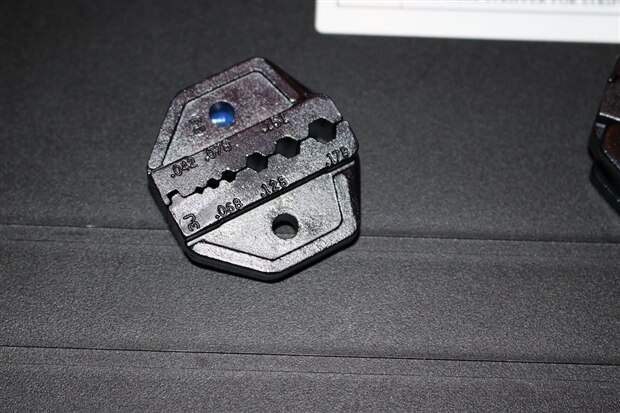Hello all,
I have been using up some old components as part of a project recently that involved making connection leads using RG174 coax cable and some SMA plugs. I struggled to solder on the centre pin, as it melted the inner insulation and then the body of the SMA connector would not go over it.
The SMA connector I am using is; https://uk.farnell.com/multicomp/mc23554/rf-coaxial-sma-straight-plug-50ohm/dp/2112461?ost=2112461&ddkey=https%3Aen-GB%2…
The instructions for the SMA connector detail that the centre pin of the SMA plug requires a 0.024 square crimp.
My crimp set has a die that only goes down to 0.042. I have looked around my usual suppliers in UK, Farnell, RS Components, Digikey and Mouser and none seem to have a die with a 0.024 square crimp.
I was wondering if anybody could advise of a crimp die that would be suitable for this SMA connector?
Many thanks.



